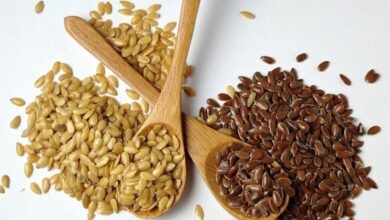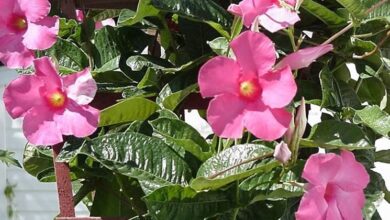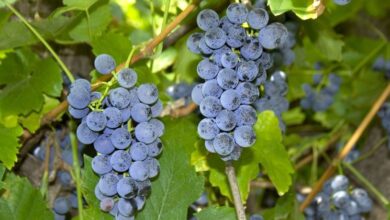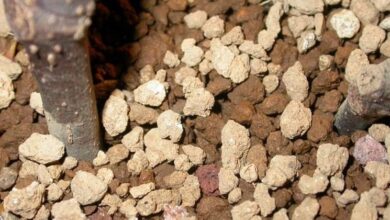Cottony cochineal
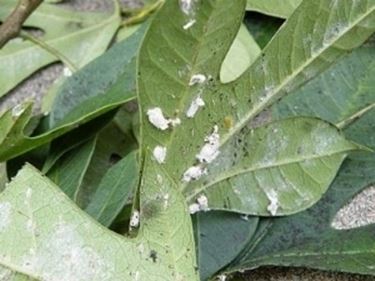
Antagonists in the garden

Cottony cochineal
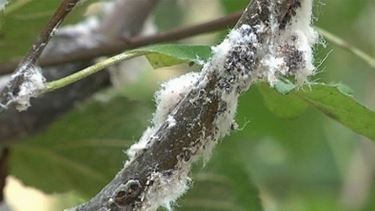
The cottony cochinealit is an insect native to Australia, whose phytophagous characteristics marry citrus fruits and a few other woody plants widespread in the world in warm temperate climates (like ours, of course); let’s say that the cochineal had never left Australia, and therefore was not a danger, until it arrived in America in 1868 and began to wreak havoc: it feeds on the sap of citrus fruits and produces a molasses (sweet sticky substance) which attracts the fumaggine, a very aggressive and dangerous fungus when it finds an ideal soil such as molasses on citrus fruits. All this makes the cochineal extremely dangerous for any such cultivation, destined to die if not treated. In Europe it arrived in Portugal in 1986, while in Italy its action was seen for the first time in 1900 in Portici, in the province of Naples. The biology of the cochineal is very particular, because in this species there is an absolute rarity of male specimens, which are so rare because they are almost «useless», given that the females of Cochineal are practically all hermaphrodites, therefore capable of reproducing independently . Not only that, they lay an enormous number of eggs (between four and eight hundred) about every three months, making them grow inside themselves until they hatch.
Fight against cochineal
Almost emphatically, the cottony cochinealit is defined by scholars of the sector as the best example of biological control ever obtained; in fact it can be fought with chemical fight by means of insecticides, but to avoid adding toxicity to such widespread fruits as citrus fruits, biological fight is preferred, therefore very effective and also not very demanding. In California, given the cochineal infestation at the end of the nineteenth century, we think we can see what happened in Australia, where it was not at all annoying; it was found that it had a very efficient natural enemy named Rodolia (genus of beetles), which was imported in 1888 in California (and in 1901 in Italy in Naples) and over the year managed to bring the situation back to normal, keeping the accomplished results. It is a voracious hunter of scale insects, managing to intervene even in numerous infestations and eliminating them, simply by releasing three or four specimens of different sex in the nearby environment, they will take care of the rest. This is why this is the greatest example of all biological control interventions, because the solution is simple, immediate, inexpensive and absolutely without any other type of contraindications.
Curiosities and other specifics
We have said that the cochineal is a particular enemy of citrus fruits and it is absolutely true, because they, in their fruits, contain those sugary substances which attract the cochineal in a particular way for the production of its molasses; however there are also other plants on which it lives «with pleasure» and which unfortunately attacks: they are the Pittosporum, the brooms and less frequently the Acacia and the Robinia. The females of the Cochineal are dominant, but in reality, due to the fact of being almost the only sex and being hermaphrodite, they are defined as «pseudofemale»; moreover, not only is it rare to see a male specimen (which is small, yellowish and slender), but it is even more rare to witness a reproductive sexual intercourse between a male and a pseudofemale, since, as mentioned above, reproduction almost always occurs with the female hermaphrodite. Specialized scholars report that the structure and morphology of the Cochineal are somewhat «primitive», that is, that the insect has not undergone a major evolution, and this is probably due to the fact that until the end of the nineteenth century it was practically always confined to Australia . However, it must be said that the Cochineal develops its huge ovary sac only when it reaches sexual maturity, while its body is quite smaller. and this is probably due to the fact that until the end of the nineteenth century it was practically always confined to Australia. However, it must be said that the Cochineal develops its huge ovary sac only when it reaches sexual maturity, while its body is quite smaller. and this is probably due to the fact that until the end of the nineteenth century it was practically always confined to Australia. However, it must be said that the Cochineal develops its huge ovary sac only when it reaches sexual maturity, while its body is quite smaller.

